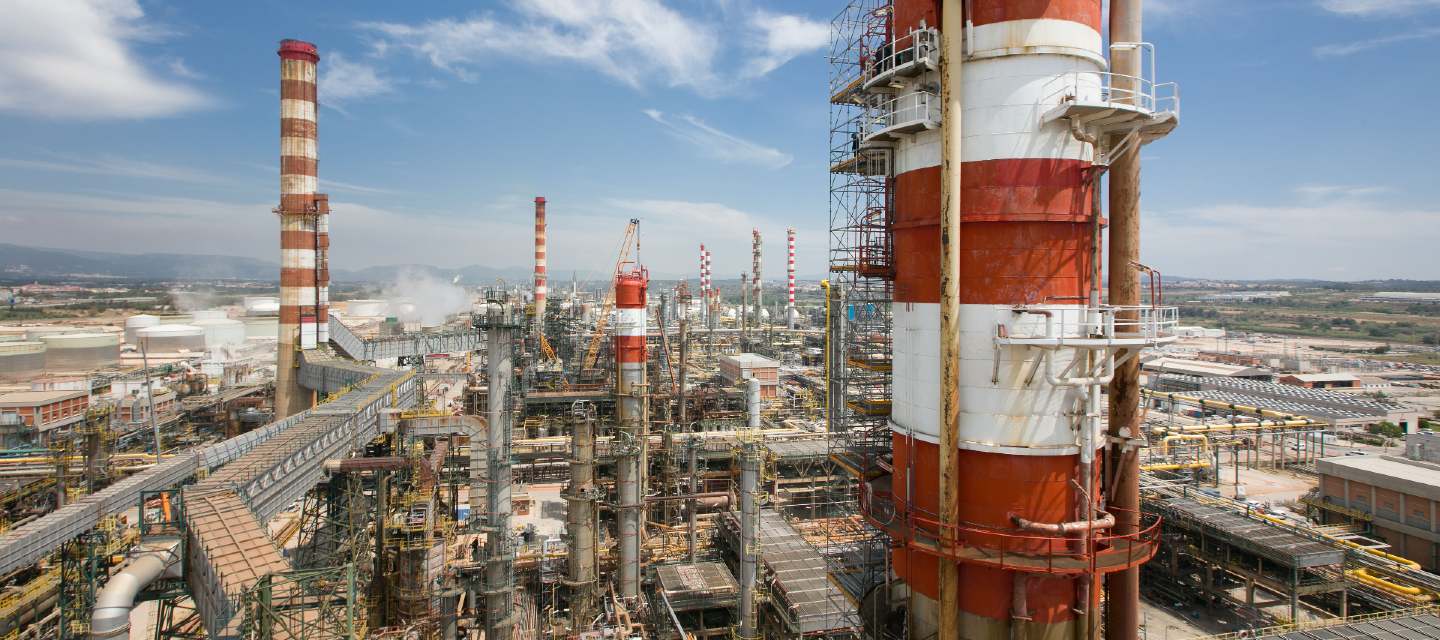The petrochemical complex in Tarragona is a vital component of the region’s economy and infrastructure. It has been in operation for over 40 years and it includes more than 30 companies based in Tarragona’s North and South industrial parks, with facilities in eight municipalities. Currently the complex occupies more than 500 hectares. However, with over 600,000 residents living in the Camp de Tarragona area, the complex’s operations have a direct impact on the local population’s health and well-being.
Despite the air quality monitoring efforts, challenges persist. Some toxic pollutants emitted by the petrochemical industry, like 1,3-butadiene and ethylene oxide, remain unregulated, prompting calls for more stringent regulations to safeguard public health and the environment.
Addressing these challenges requires collaborative efforts between industry, government, and environmental organizations to ensure a sustainable future for Tarragona and its residents.
New air quality data highlights concerns in Tarragona
A study by the Air Quality Observatory of Tarragona, an initiative led by Repsol in collaboration with AEQT and with technical assistance coordinated by the Cerdá Institute, has revealed the first 1,3-butadiene peaks of 2023 in municipalities surrounding the petrochemical complex. This toxic compound, produced by the industry, currently has no regulated limit.
Since 2015, environmental organizations and local municipalities have been demanding official controls and specific regulations for 1,3-butadiene. The latest findings reinforce the urgent need for regulatory action to protect public health and the environment in Tarragona.




